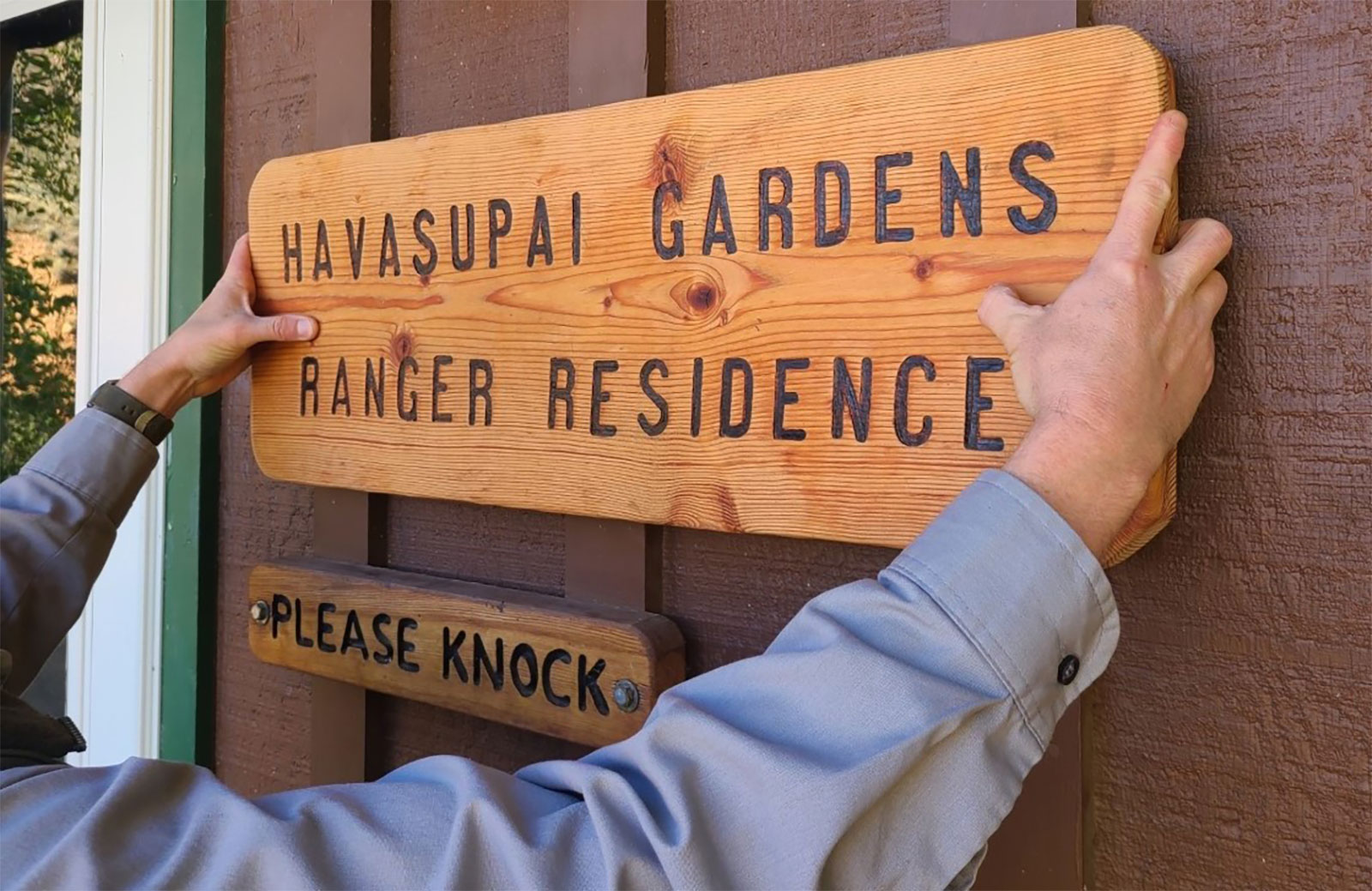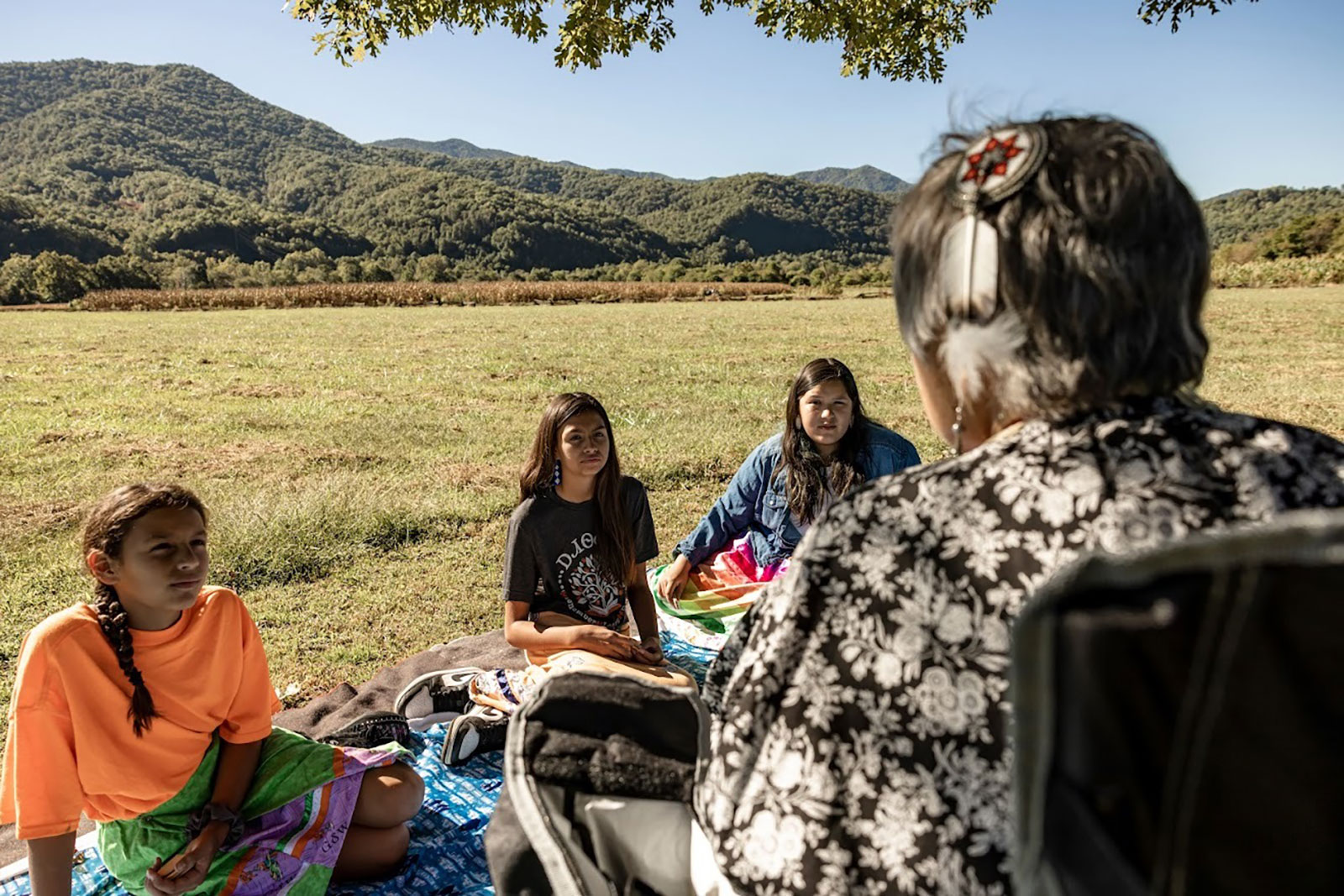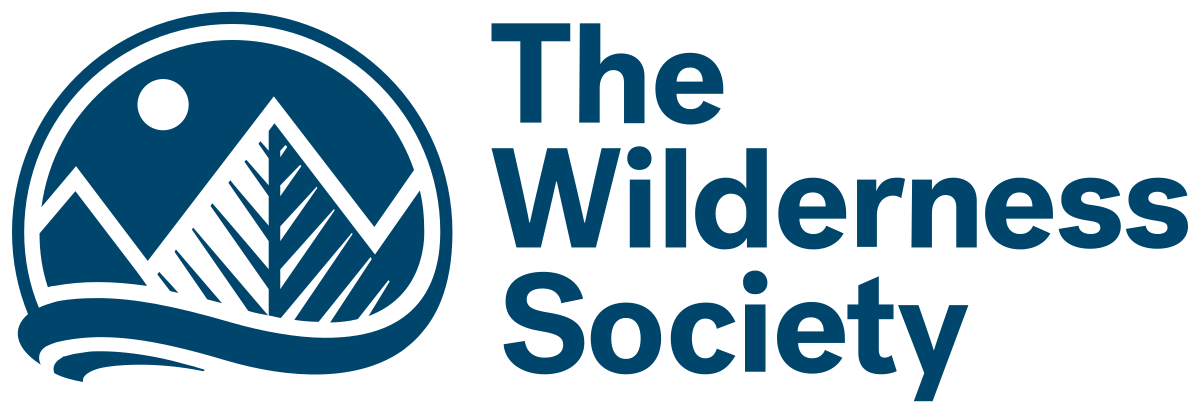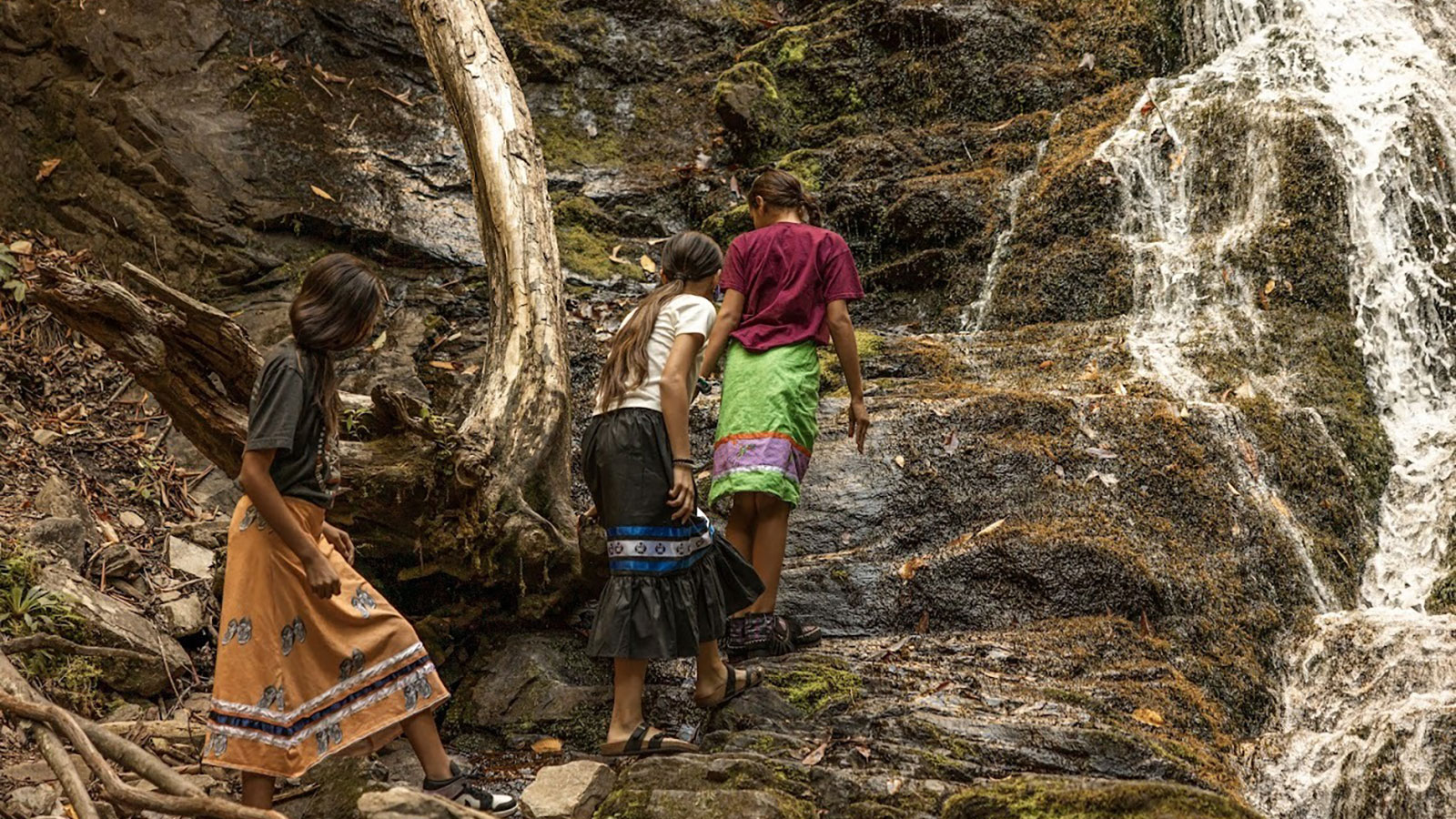In May, a homecoming took place 3,000 feet below the South Rim of the Grand Canyon. Since the U.S. federal government forcibly removed the Havasupai people from this sacred place in 1919, the stop along the park’s Bright Angel Trail has been known as ‘Indian Garden.’ That changed recently, when a federal board approved a name change request after years of tribal advocacy. Now officially called Havasupai Gardens, the name reflects the people who continue to care for the land, despite a century of harm.
Across the United States, there are thousands of mountains, rivers, and other geologic features that bear derogatory, racist, or pejorative place names. About 660 of those referred to a slur against Indigenous women. But that’s now changing. The single largest name change effort in history is giving way to a movement that advocates hope will shed light on why place names are so significant.

Department of the Interior (DOI) Secretary Deb Haaland has launched a task force to review a list of federal places, and propose alternatives. The Board on Geographic Names, which is housed within the DOI, will provide final approval of these recommendations.
Changing place names is a significant step to address the centuries of violence, harm, and neglect caused by federal policies. The slur in question was used by colonizers to demean and objectify Indigenous women and girls. For many, it continues to highlight anti-Indigenous violence, and the legacies that Indigenous communities still grapple with today, like the epidemic of Missing and Murdered Indigenous People.
“It’s really absurd to tell people to go connect with something that’s offensive or derogatory to that individual, or the communities that they belong to,” says Kimberly Smith, the Southern Appalachian community conservation specialist with The Wilderness Society, and a citizen of the Eastern Band of Cherokee Indians.
The federal task force is the culmination of years of work by Tribal Historic Preservation Officers (THPOs) and leaders, says Valerie Grussing, the executive director of the National Association of Tribal Historic Preservation Officers (NATHPO). In collaboration with The Wilderness Society, the Association published a guide to changing offensive place names in 2022.
“Place names have the capacity to tell important stories,” the guide says. “Left intact, these names can perpetuate racism, endorse hateful views and encourage a discredited or skewed telling of history.”
This is the first time the DOI has enacted a broad-strokes effort to rid federal lands of their anti-Indigenous names. “I think it’s been a really important part of the larger national conversation that happened in the past couple of years,” Grussing says.
The DOI effort only applies to federal geographic fixtures, but advocates hope that the move will propel a broader conversation of respect for Indigenous resiliency. Across the country, tribes and Indigenous-led coalitions continue to advocate for renaming at local and state levels, as the slur is also used by schools, ski resorts, and other public places. A rule approved in April 2023 by the New York State Board of Regents prohibits the use of Indigenous cultures for school and district names, logos and mascots.
The goal is not to erase history, but rather to learn from it. A critical lesson, advocates say, is that Indigenous peoples still exist. Derogatory names don’t just render Indigenous peoples invisible, but slurs perpetuate further harm by suggesting that Indigenous women and girls are disposable.
For example, Fred Mosqueda, a member of the DOI’s Reconciliation of Place Names Committee, says that what’s currently listed as Mt. Evans, a 14,000-foot peak that looks out over Denver, is named for Colorado’s second governor, who facilitated a massacre of the Arapaho and Cheyenne people in 1864.
A decade prior to the Sand Creek Massacre, the Colorado government and the Cheyenne and Arapaho tribes agreed in a treaty to allow settlers to pass through Colorado on their way westward. Many were seeking gold, the mineral that California’s governor used to justify the removal and genocide of California tribes. Rather than abide by the treaty, settlers built homes on land stewarded by the Cheyenne and Arapaho tribes, killing large game and logging trees. When the tribes attempted to defend themselves, Mosqueda says, the army retaliated.
Renaming place names is an opportunity for a frank conversation about reckoning with the traumas of history. The key is not to become angry with each other or lose patience, Mosqueda says. “In the end,” he says, “you have to talk to them and tell them the history … just sit down with each other and come out with the truth.”
The Cheyenne and Arapaho Tribe propose renaming the peak Mount Blue Sky, which references a yearly Cheyenne ceremony celebrating the renewal of life. The Arapaho Tribe are also known as the Blue Sky people.
The celebration of Indigenous culture and ways of life is the priority for name changes elsewhere in Colorado, where the federal push to change place names provided political momentum for another local effort to rename a mountain in the foothills outside of Denver as Mestaa’ėhehe Mountain, in honor of Owl Woman, a Cheyenne citizen who helped facilitate peaceful trade at today’s Bent’s Old Fort National Historic Site.
Input from community members is important, an effort The Wilderness Society has aided by providing a template for changing offensive names at the local level. Smith is now using this template to guide conversations across Appalachia. Like Mosqueda, Smith has found that engaging community members is a key part of the process, and she says that the template has helped to bridge cultural gaps between groups that might not have otherwise shared a conversation.

For the tribal elders who have only lived in a world where official place names are offensive or derogatory, just having the conversation about alternative names is “medicine,” Smith says. “As an Indigenous woman, having spent 35 years promoting an erased or correcting an inaccurate identity, this initiative is very healing for me.”
A Wilderness Society partnership with Duke University has recently helped uncover more than 200 local place names that are offensive in some way. The partnership has also brought to light an imbalance in gender representation. In examining over 300 commemorative place names, only 18 honor women, and only three recognize women of color.
Names are powerful. Smith says if this next stage of the renaming process is successful, the youngest generation of Native peoples could grow up knowing the Indigenous Ancestral name of a place first, and its American name second.
The Wilderness Society unites people to protect America’s wild places. Since 1935, we have led the charge to protect more than 111 million acres of wilderness and had a significant role in the passage of almost every major conservation law, while fighting hard against attempts to undermine them.




